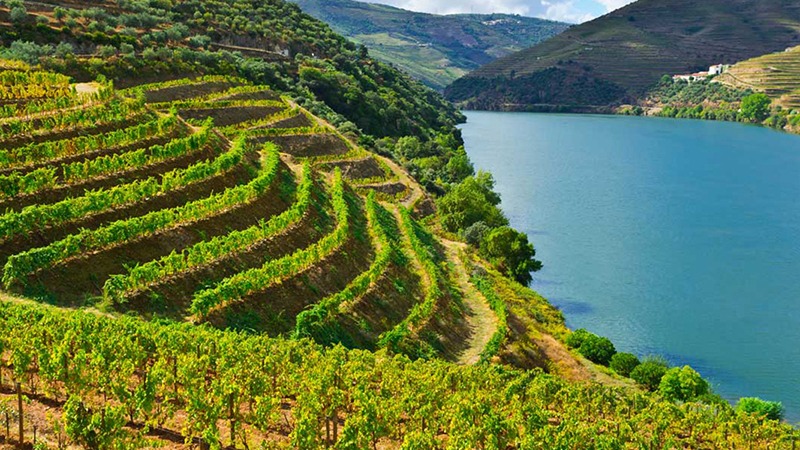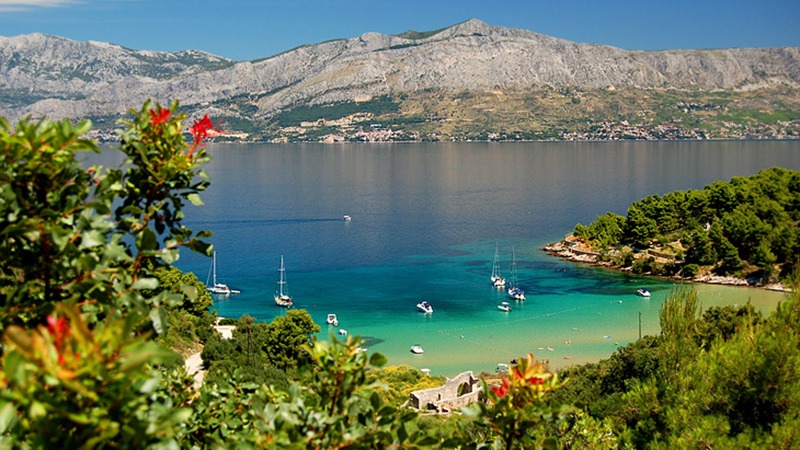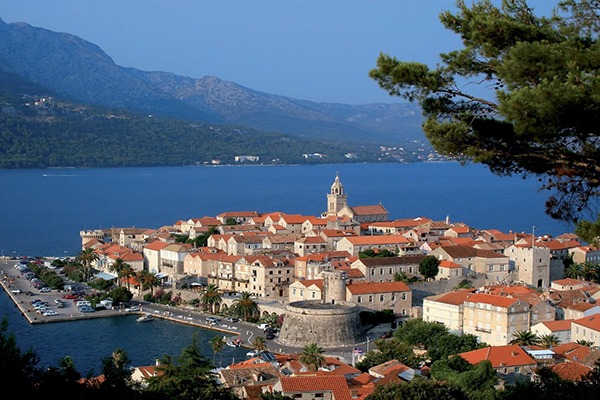Split
Split, a town on Croatia’s Dalmatian Coast, is the second-largest city of Croatia and the largest city of the region of Dalmatia. It lies on the eastern shore of the Adriatic Sea, centered on the Roman Palace of Emperor Diocletian. With enough history to warrant it’s own extended visit, many visitors use Split as a base to explore the surrounding Dalmatian Islands.

Split
Brac
Brač is famous for two things: its radiant white stone, from which Diocletian’s Palace in Split and the White House in Washington, DC (oh, yes!) are made, and Zlatni Rat, the long pebbly beach at Bol that sticks out lasciviously into the Adriatic and adorns 90% of Croatia’s tourism posters. It’s the largest island in central Dalmatia, with two towns, several sleepy villages and a dramatic Mediterranean landscape of steep cliffs, inky waters and pine forests. The interior of the island is full of piles of rocks – the result of the back-breaking labor of women who, over hundreds of years, gathered the rocks in order to prepare the land for the cultivation of vineyards and olive, fig, almond and sour-cherry orchards.
Korcula
The island of Korčula is best known as the birthplace of Marco Polo. Korčula is an enchanting destination surrounded by walls, and one of the best preserved medieval cities in the Mediterranean. Korčula has an abundant choice of restaurants, and there are numerous bars and clubs for those looking for evening entertainment.
Peljesac Peninsula
The Pelješac peninsula, located in southern Dalmatia, is well known for its excellent wine.

Pelješac
Dubrovnik
Walls are built to protect treasures, and, in Dubrovnik, this is particularly accurate, with 1,940 meters of stone surrounding one of the world’s most beautiful cities. As George Bernard Shaw stated: “If you want to see heaven on Earth, come to Dubrovnik”. “The Pearl of the Adriatic” has captivated and seduced kings and artists for centuries with its immaculate medieval architecture.



 English
English French
French



